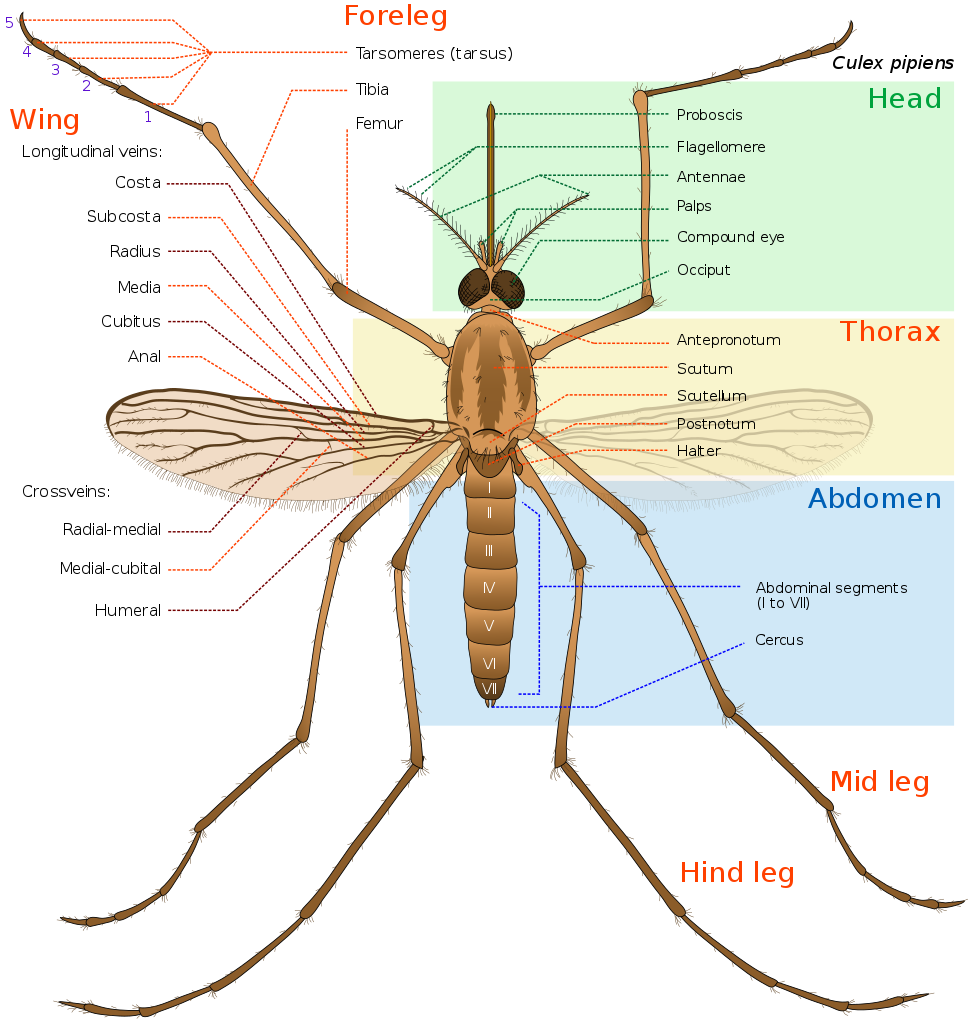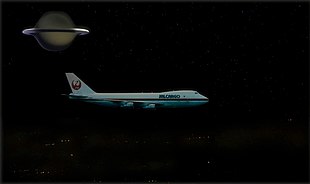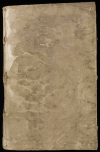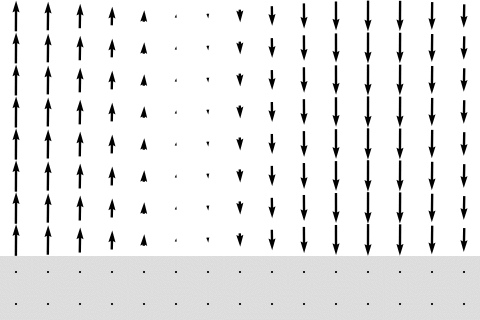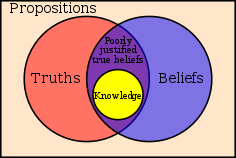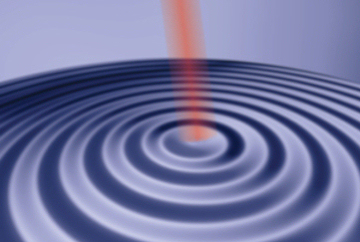
The propagation of radio wives along the surface of the ground has been discussed from a theoretical standpoint for many years As long ago as 1907 Zennck showed that a wave, which was a solution of Maxwell’s equations
The propagation of radio wives along the surface of the ground has been discussed from a theoretical standpoint for many years as long ago as 1907 Zenneck showed that a wave, which is a solution of Maxwell’s equations, travelled without change of pattern over a flat surface bounding 2 homo- geneous media of different conductivity and dielectric constants When the upper medium is air and the lower medium js a homogeneous dissipative ground, the wave was characterized by a phase velocity greater than that of light and a small attenuation in the direction along the interface Further- more, this Zenneck surface wave, as it has been called, is highly attenuated with height above the surface
In 1909 Sommerfeld solved the problem of o vertical dipole over a homo- generous ground (half space) In an attempt to explain the physical nature of his solution, he divided the expression for the field into a “space wave” then “surface wave” Doth parts, according to Sommerfeld, are necessary to satisfy Maxwell's equations and the appropriate boundary conditions The surface-wave part varied inversely as the square root of the range, and it was identified as the radial counterpart of the plane Zenneck surface wave For many years it has been believed that the Sommerfeld surface wave was the predominant component of the field radiated from a vertical antenna over a finitely conducting ground Much later an error in sign in Sommerfeld’* 1909 paper was pointed out by Norton {1935), which also partly accounted for the mutual calculated field strength curves of Rolf fl930f At about that time there was a series of papers by Wcyl, van der Pol, Niesxcn, Wive, and Norton doming more accurate representations for the field of the dipole A ditctniMV) of this later work has been given by flouw kamp (1950) Norton
Reflection of Electromagnetic Waves 9[1936, 1937, and 1941], in particular, has developed his formula for the field components to a stage where numerical results can readily be obtained. It is now generally accepted that the Sommerfeld surface wave (or the radial Zenneck wave) does not bear any similarity to the total field of a vertical di- pole over a homogeneous conducting earth. In fact, the field excited by a dipole varies as 1 /d where d is the distance for low frequencies and varies as 1 jd 2 for high frequencies. Norton has suggested that the field in air of a dipole over a homogeneous ground be expressed as a sum of 3 components . a direct ray (or primary influence), a reflected ray which is to be modified by an
appropriate Fresnel reflection coefficient and a correction term. Norton has described the first and second components as the space wave; the third or correction term, the surface wave. This seems to be a logical step although, taken separately, the space and surface waves of Norton are not solutions of Maxwell’s equations. On the other hand, his “space wave” is the con- attribution which would be derived based on geometrical optics, and his “surface wave” is the correction from wave theory. This latter term will be called the “Norton surface wave” as distinct from the Zenneck and Sommer- fold surface waves, and the trapped surface waves discussed below.
It was pointed out by Sommerfeld [1899] many years ago that a straight cylindrical conductor of finite conductivity can act as a guide for electro- magnetic waves. Some time later, Goubau [1950, 1952] demonstrated that such a cylindrical surface wave can be launched with reasonable efficiency from a coaxial line whose outer surface is terminated in a conical horn. The improvement in the transmission properties by coating the wire with a thin dielectric film has also been discussed in detail by Goubau [1952]. The plane counterpart of the Goubau-Sommerfeld cylindrical surface wave is obtained when a flat metallic surface is coated with a dielectric film.
Atwood [1951] has discussed the nature of the surface waves which can exist in a structure of this type. When the film thickness is small compared to the wave-length, the single propagating mode has a phase velocity slower than that of light and is attenuated rapidly above the surface in the air. Such surfaces have been called inductive since the normal surface impedance, looking into the surface, is almost purely imaginary for a low-loss dielectric on a well conducting base. A similar type of surface wave can exist over a corrugated surface [Rotman, 1951 ; Elliott, 1954; Zucker, 1954] which is inductive if the period- icity and depth of the corrugation arc small compared to the wavelength.
The excitation of surface waves on dielectric-clad plane conducting surfaces has been discussed by Tai [1951] for a line current source and Brick [1954] for a dipole source. Corresponding treatments for corrugated surfaces have been given by Cullen [1954] for a line magnetic or infinite slot source and
Barlow and Fernando [1956] for a vertical electric dipole source. In the case of dipole excitation, the field varies predominantly as the inverse square root of the distance along both the dielectric-clad and the corrugated surfaces.
10 lectromagnetic waves from planar stratified mediaSurface waves or this type which hast a phase velocity less than that of light can be called “trapped surface waves” since they carry most of their energy' within a small distance from the interface [Barlow and Cullen, 1953; Marcu* vitz, 1952J.
In this chapter, 3 aspects of the problem are discussed. The first is a general analysis of reflection of plane was es from a parallel stratified medium consisting of M homogeneous slabs, the second is the extension to line source os er the stratified medium, and the third is the generalization to dipoles or current elements over the stratified medium. In addition, the evaluation of on important integral by the modified saddle-point method is outlined in an appendix.
2. Plane Wave IncidenceA plane wave with a time factor cxp is incident at an angle 0 on a stratified medium composed of M homogeneous layers. The electric sector is in the plane of incidence (xr plane). The situation is illustrated in Fig.
The daily dialectics was devised in efforts of exposing devious tech derived from major companies. The highlights of which are Google and Facebook. Over the past decade they have worked together in lieu of the development of a wireless power network integrated into our most populated areas worldwide. Most notably 2017 - 2018 was the year of the final patent approvals. Facebooks Line of Sight system can receive the dense wave form emitted by the waveguide attached to Googles Goubau Launchers. Both are capable of ultra-low, microwave, up to THZ frequencies depending on ambient conditions and intention of dispersal.



In an age where truths are akin to fiction in the minds of the masses, fiction is a key component in societal control. Reprogram your programmer's programming; join the dialectic.
Contact us:
thedailydialectic@outlook.com
In an age where truths are akin to fiction in the minds of the masses, fiction is a key component in societal control. Reprogram your programmer's programming; join the dialectic.
Contact us:thedailydialectic@outlook.com


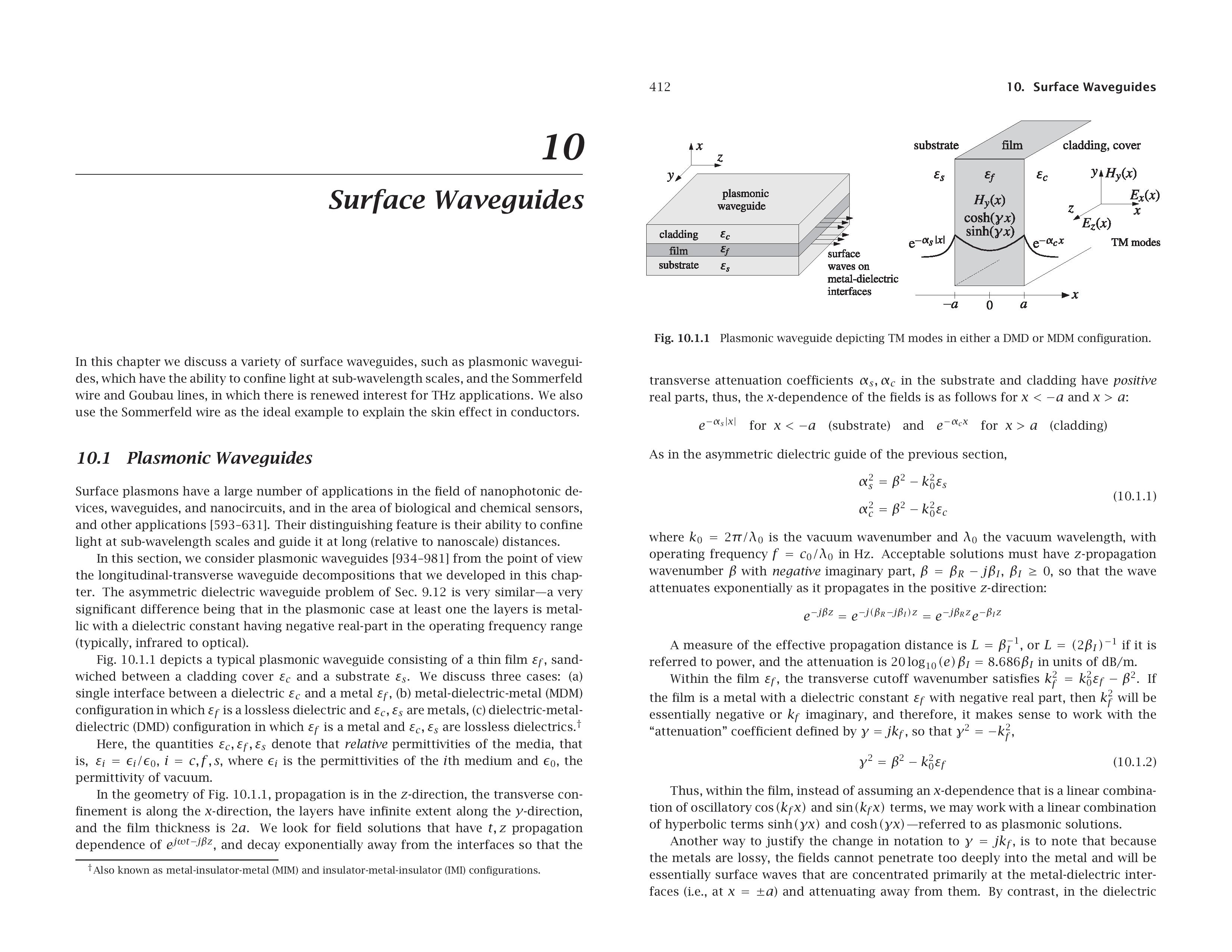
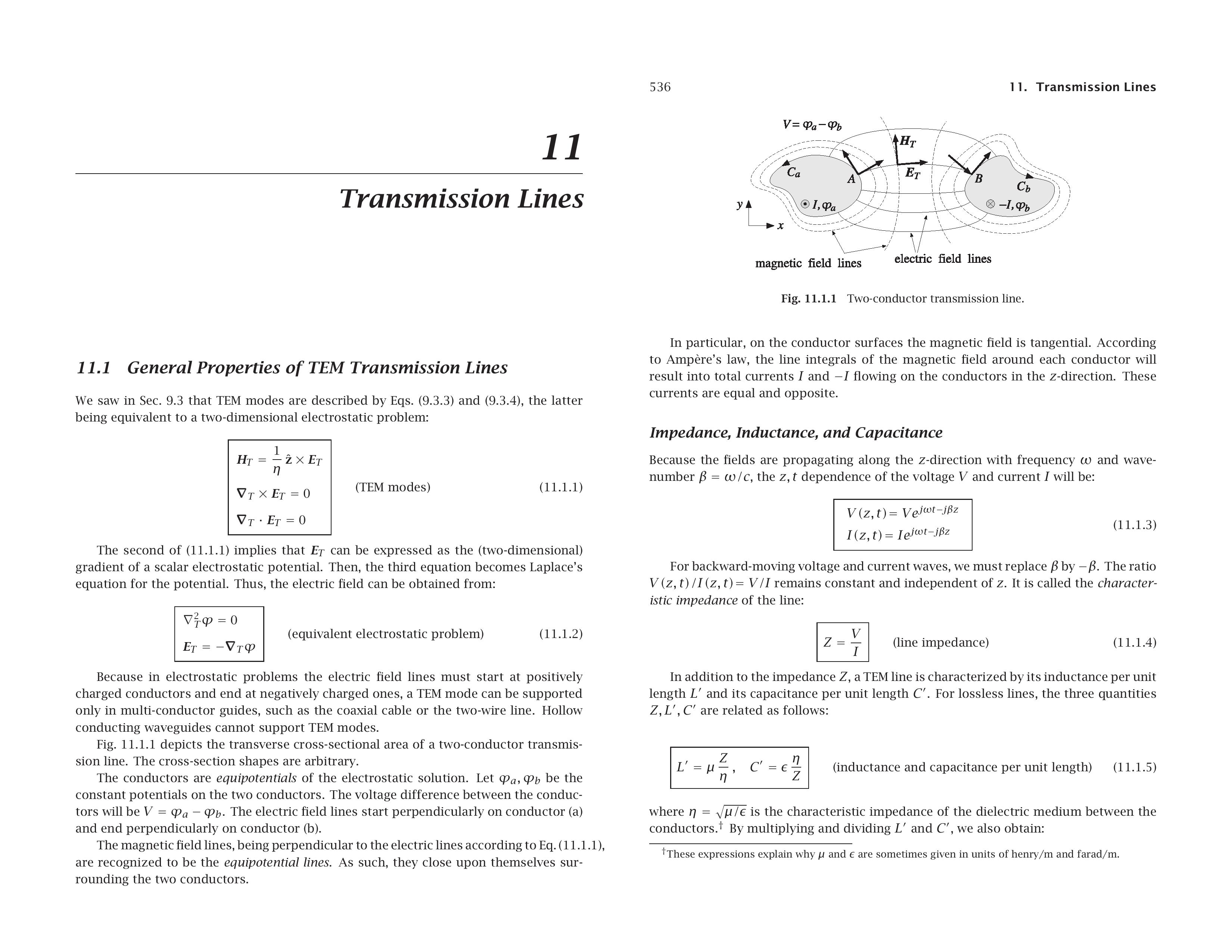





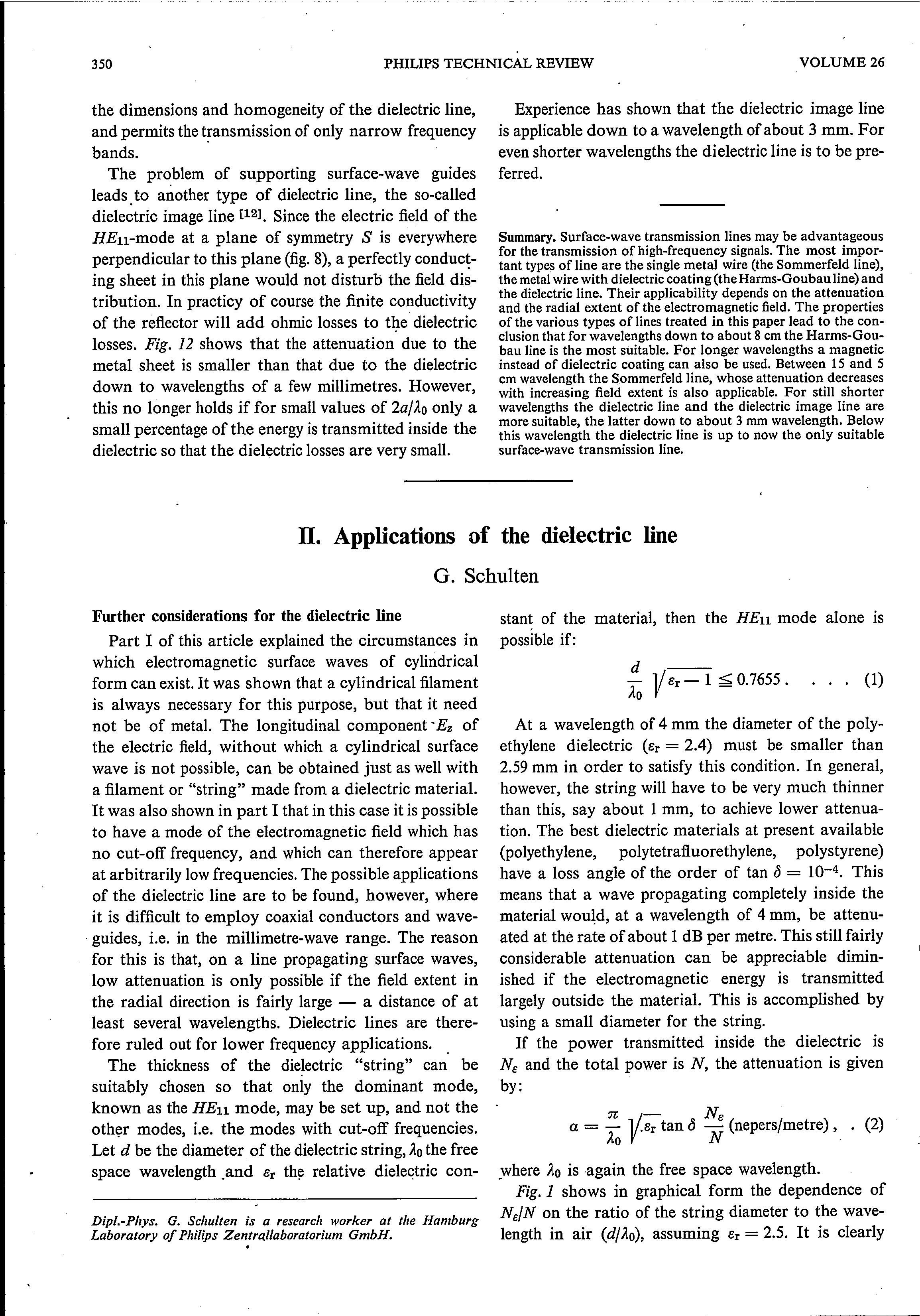

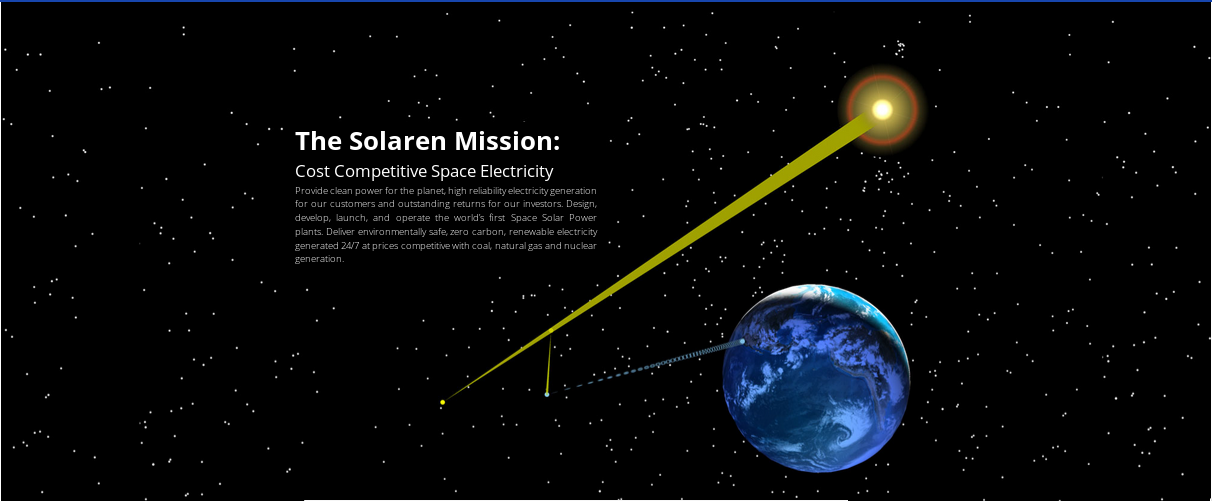
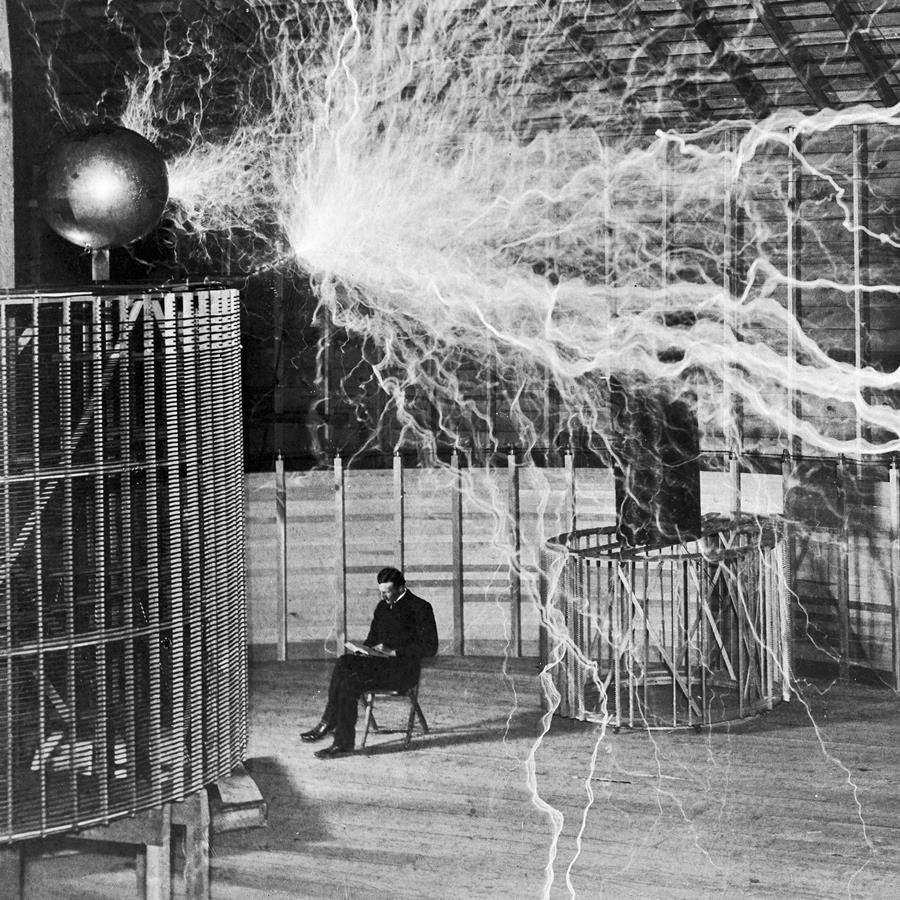
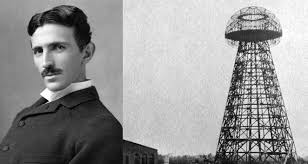



/HTML/20 Bedini_files/bigguy1.jpg)
